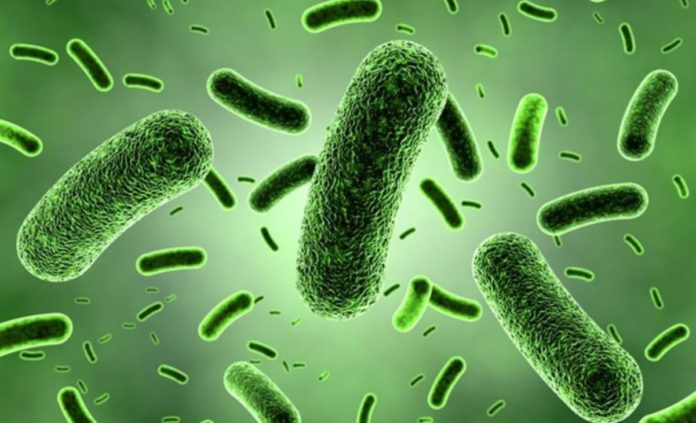The genetic code of the last common ancestor of the largest group of living organisms on the planet was discovered through sophisticated analysis of genes and proteins.
German biologists have compiled a theoretical description of the progenitor of all bacteria, and also described the scheme of its metabolism.
Biologists from the Institute for Molecular Evolution at Heinrich Heine University in Dusseldorf five years ago presented a description of the universal common ancestor of all living organisms on Earth and named it LUCA – Last Universal Common Ancestor.
- Does This Mean We Stopped Being Animal and Started Being Human Due to ‘Copy Paste’ Errors?
- The One Lifestyle Choice That Could Reduce Your Heart Disease Risk By More Than 22%
- Aging: This Is What Happens Inside Your Body Right After Exercise
- Immune-Boosting Drink that Mimics Fasting to Reduce Fat – Scientists ‘Were Surprised’ By New Findings
- Gun Violence in America: What They Don’t Talk About at the Debate
LUCA is believed to have lived about 3.8 billion years ago in hot deep-sea hydrothermal vents. Its fossil remains have not survived, therefore, the study is carried out only by comparing the genomes.
Using this method, a set of 355 genes was identified, exactly available in LUCA.
In a new study, biologists have described another ancient cell – Last Bacterial Common Ancestor (LBCA) – the last common ancestor of bacteria, which they believe originated about 3.5 billion years ago in the same environment as LUCA.
To open the genome of LBCA 1089 anaerobes – bacteria that can do without oxygen.
Scientists deliberately did not use aerobes, given that bacteria could have arisen during an oxygen-free Earth.
As you know, higher organisms transmit the genetic code from parents to offspring through vertical gene transfer. As a result, all information about phylogenetic history is stored in the genome.
In bacteria, this process occurs in the form of lateral gene transfer between different strains of microorganisms, which makes it impossible to use traditional methods for determining the root in the tree of their evolution.
- Does This Mean We Stopped Being Animal and Started Being Human Due to ‘Copy Paste’ Errors?
- The One Lifestyle Choice That Could Reduce Your Heart Disease Risk By More Than 22%
- Aging: This Is What Happens Inside Your Body Right After Exercise
- Immune-Boosting Drink that Mimics Fasting to Reduce Fat – Scientists ‘Were Surprised’ By New Findings
- Gun Violence in America: What They Don’t Talk About at the Debate
To solve this problem, the researchers used not only genes themselves, but also proteins during the reconstruction of the LBCA genome. In total, 146 families of proteins were identified, which are present in absolutely all bacteria.
By building the biochemical bonds of these proteins, the scientists obtained an almost complete basic metabolic network of the first bacterium. Using statistical methods, they determined which of the modern bacterial groups most closely resemble LBCA.
The analysis showed that the earliest branch of bacteria was similar to modern Clostridia, followed by deltaproteobacteria, actinobacteria, and some members of the genus Aquifex.
The authors of the work believe that LBCA, most likely, like Clostridia, had the shape of a rod, although the variant of spores is not excluded.
- Does This Mean We Stopped Being Animal and Started Being Human Due to ‘Copy Paste’ Errors?
- The One Lifestyle Choice That Could Reduce Your Heart Disease Risk By More Than 22%
- Aging: This Is What Happens Inside Your Body Right After Exercise
- Immune-Boosting Drink that Mimics Fasting to Reduce Fat – Scientists ‘Were Surprised’ By New Findings
- Gun Violence in America: What They Don’t Talk About at the Debate
The results of the study were published in the journal Communications Biology.
